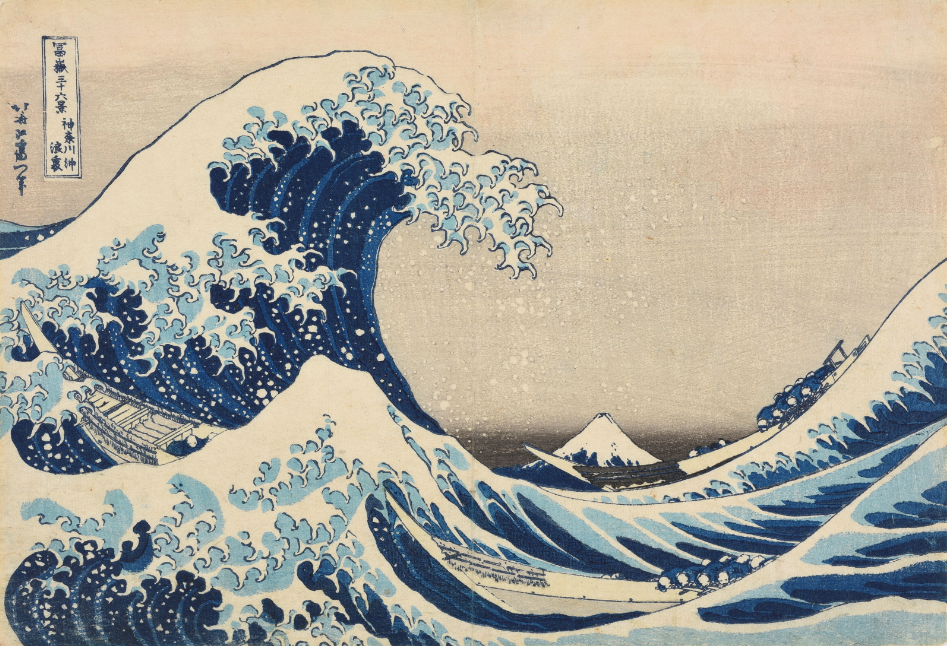Images of “The Great Wave” by Katsushika Hokusai are so ubiquitous that nearly 200 years after the original woodblock print’s creation, not only is the piece displayed in top museums around the world, but the iconic image continues to appear on everything from coffee mugs to T-shirts to toilet seats.
Now, from January 17 to March 24, 2019, Hokusai fans, art lovers and pop culture enthusiasts alike have the opportunity to enjoy the most extensive collection of Hokusai’s works at the Hokusai Updated exhibition. This once-in-a-lifetime opportunity allows viewers to see an original print of “The Great Wave” on display, as well as pieces never shown to the public before and other key works from across his seven-decade career. Here are our five top reasons to visit…
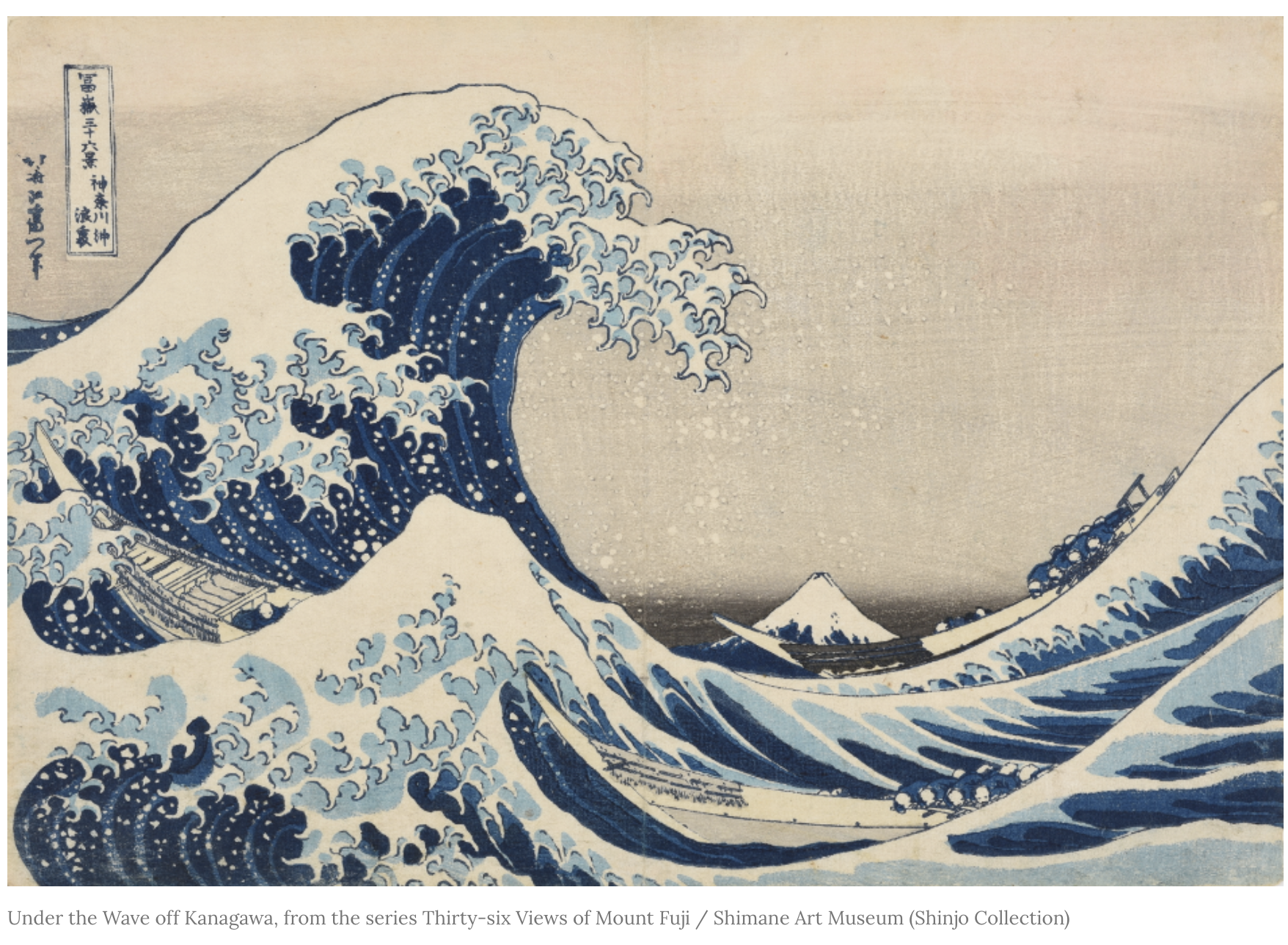
1. Discover The Man Behind Japan’s Most Iconic Images
This exhibition offers a chance to learn about and understand Hokusai’s life through his art. Born in 1760, not much is known about his early years, but it is certain that he started his career around the age of 16 as a woodblock cutter – not as a painter. By the time he was 19, he became a pupil of the artist Shunsho and remained under his guidance for about 15 years. Art from his fledging years as a painter reflect the commercial demands of the time, and his attempts to break free to create his own unique style.
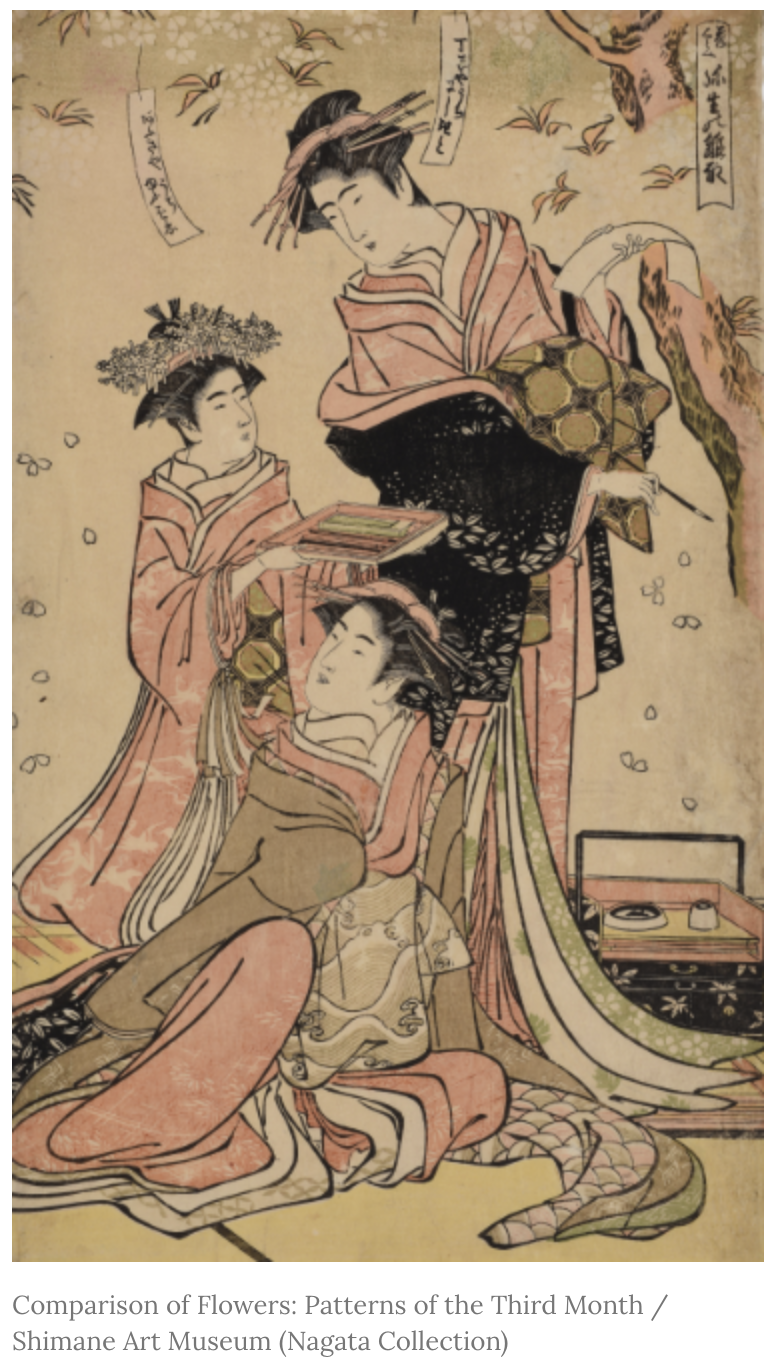
2. Learn About How Hokusai Was a Veritable Name Ninja
Although we know him by the name Katsushika Hokusai, the artist used more than 30 pseudonyms during his long career – many of them representing a distinct change in artistic style. He adopted his first artist name, Katsukawa Shunro, after his master, Shunsho, passed away in 1792. Later, in his 30s, he took the name Sori. His depiction of young beautiful women with long oval faces and long limbs during this period was so distinctive it became known as the Sori style. Throughout his career, he created many surimono, which were exclusive prints made in small numbers for wealthy clients. Hokusai Updated will exhibit over 100 surimono, including kyoka surimono (prints with kyoka poetry) and egoyomi (a type of picture calendar) from Hokusai’s Sori period, formerly owned by the Tsuwano clan.
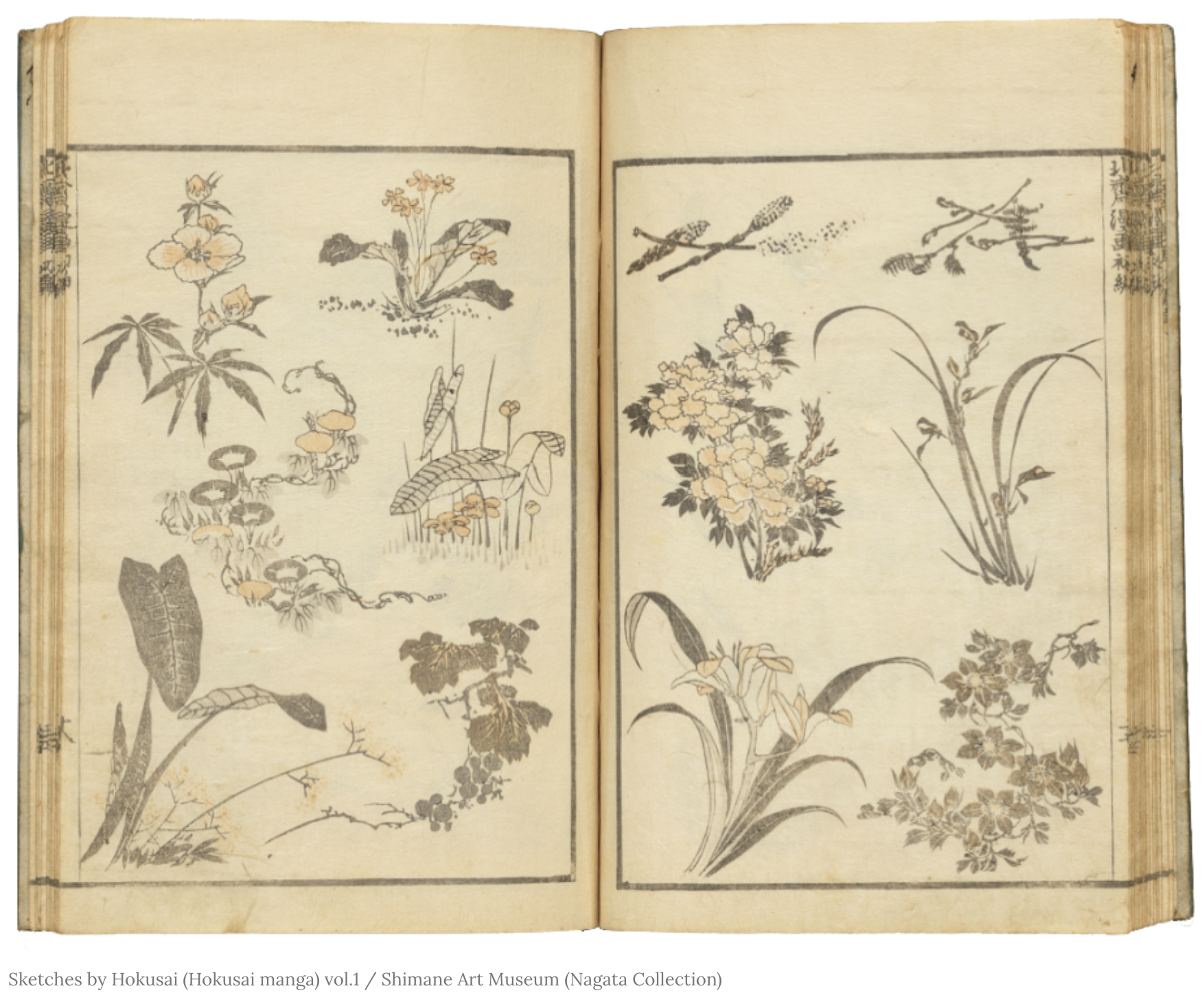 3. It’s More than Just Woodblock Prints
3. It’s More than Just Woodblock Prints
Hokusai spent his whole life creating art and his dedication to innovation and self-improvement was unrivalled. Though he is most famous for his woodblock prints, he was also adept at brush art paintings and drawing. He was inspired by Chinese techniques — visible in his brush drawn work — as well as Western approaches to perspective, which he learned through prints brought into Japan from the West. He also experimented with unusual subjects for the Edo period such as flora and fauna, as shown in his painting “Sunflower.” Featuring a tall bloom supported by a bamboo stick, this piece was painted under the name Hachijuhachi ro Manji hitsu. (literally meaning “88-year-old man paints manji”), which was completed during the same period he compiled his One Hundred Views of Mount Fuji collection.
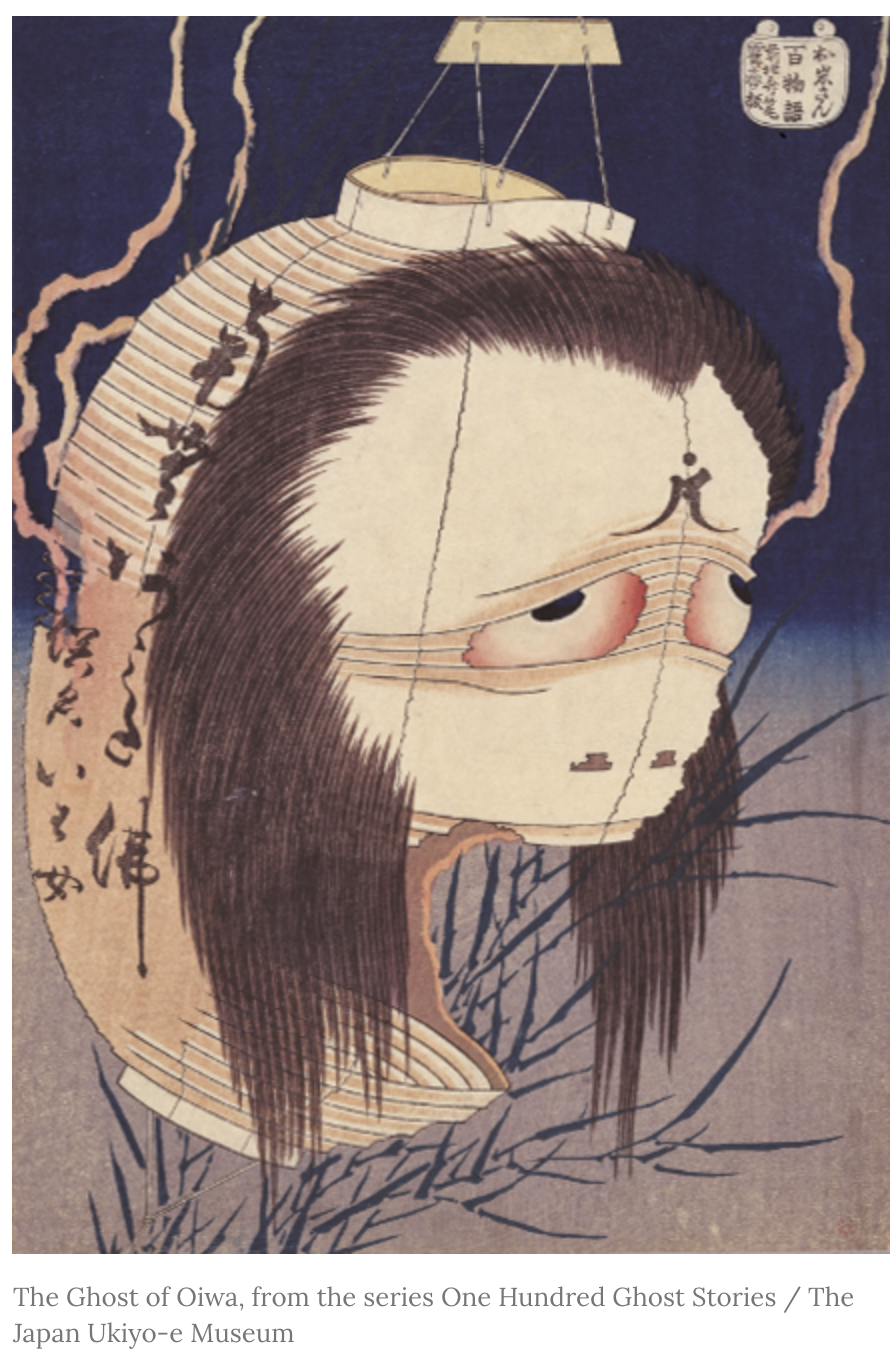
4. View an Extraordinary Selection of Works
The Hokusai Updated exhibition boasts almost 480 pieces, including 10 works that have never been shown to the public before. Others, including “Severed Head,” were recently discovered. By exhibiting so many pieces – even though these are a mere fraction of what he is thought to have created in his long life – visitors can distinctly see changes in artistic style, use of color palettes and array of subjects throughout, giving a detailed overview of Hokusai’s career.
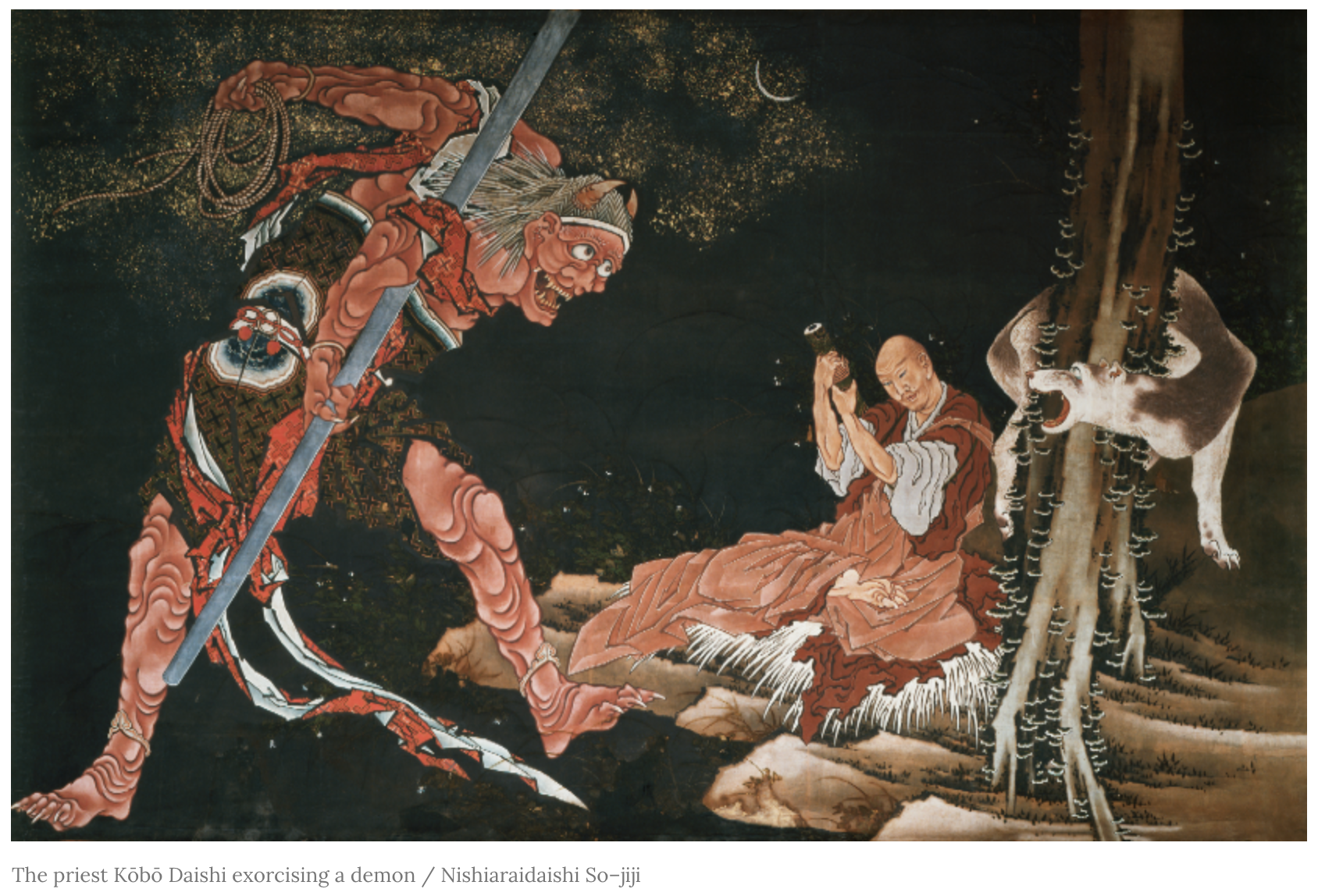
5. It Could Be Your Last Chance to See the Nagata Collection in Tokyo
Seiji Nagata, the supervisor of this exhibition, donated his extensive private collection of over 2,000 Hokusai works to his hometown of Shimane Prefecture in 2017. As they now belong to the Shimane Art Museum, there is a possibility that none of these pieces will ever be shown in Tokyo again. For the last chance to see many of these unique artworks in Tokyo, visiting Hokusai Updated is a must.
Note that some pieces will only be available during certain periods of the exhibition.
For more info, go to hokusai2019.jp
Sponsored Post

